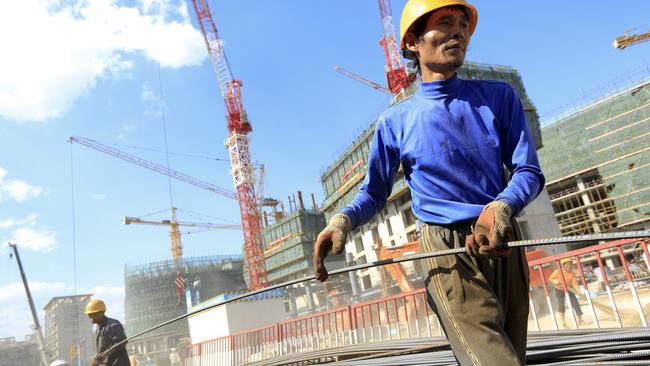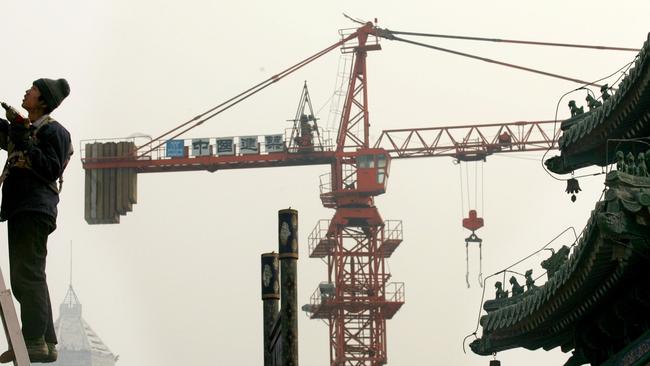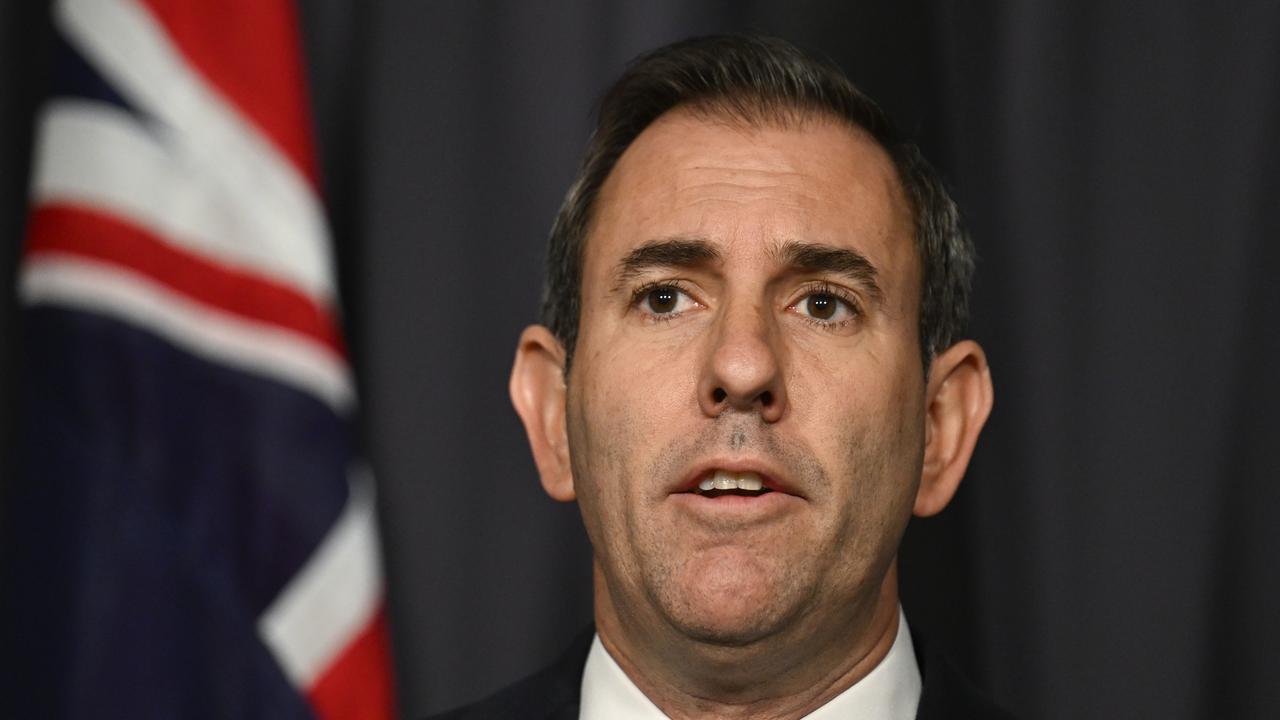China’s trouble is not all doom and gloom for Australia

The explosion in Chinese demand for coal and iron ore to fuel steelmaking caused a surge in Australian export prices and rivers of revenue for Australian federal governments.
The mining sector boomed and bountiful tax receipts allowed for significant income tax cuts and new social welfare programs such as the National Disability Insurance Scheme.

But as the saying goes, nothing lasts forever. Indeed, China now faces its greatest economic challenge since the industrialisation process began – way back when Malcolm Fraser was prime minister and flared pants and Abba music were all the rage.
For starters, the price of economic development is rising local wages, which ultimately erodes any successfully developing economy’s low-cost export competitiveness. This is the so-called “middle-income trap” that stymied the ongoing development of many previous economies.
Those that succeed in escaping this trap – such as Japan and South Korea – do so by moving up the value chain into more sophisticated products less dependent on low wages. But this may be easier for more market-driven entrepreneurial economies than is the case in China today.
Indeed, also likely hurting China’s trade prospects is its flirtation with the use of trade threats, given its growing global importance, as means of economic coercion. It’s no surprise that many countries are now trying to reduce their reliance on Chinese trade by diversifying their source of exports and imports.

So far so bad, but the greatest immediate challenge for China is dealing with an enormous bubble in local government-orchestrated property and infrastructure construction.
As with all bubbles, this began with good intentions – the need to facilitate the movement of millions of workers from rural farms to urban factories and offices.
It was a wonderful self-perpetuating process whereby local governments earned much-needed revenue selling land to developers, who in turn were able to fund their projects through compliant state-owned banks and property-craving household investors with few other investment alternatives.
But developer debt levels exploded and there now appears a glut of apartments and too many white-elephant infrastructure projects. Once the central government demanded banks tighten their lending, the process began to unravel.
Households are less willing to buy off-the plan units from financially fragile developers who are already struggling to complete existing projects. What’s more, housing fundamentals are not helped by the fact that population growth has also slowed to a crawl – due to the absence of immigration and declining birthrates.
Where to from here and what does it mean for Australia? In the past, when China’s growth has previously stumbled, major fiscal stimulus packages were quickly unveiled. Indeed, financial markets have long been expecting this time would be no exception.
But so far at least, China has been reluctant to simply “kick the can down the road” with more near-term pump priming. It could be that, feeling securely in power, President Xi Jinping is finally prepared to deal with China’s structural challenges even at the risk of hurting short-run economic growth.

If so, structural reform won’t be easy or quick. Most economists argue China should promote consumer spending over corporate-led construction projects, though this requires fundamental improvements in China’s threadbare unemployment and health social safety nets to reduce high precautionary household savings. Bottom-up private sector-led growth also requires giving Chinese entrepreneurs freer rein than has been evident of late.
Of course, all this could end up being simply too hard, and China will soon give its can of structural problems an almighty kick further down the road.
Either way, the lesson for Australia is that riding the coat-tails of China’s economic development may become even more challenging. If China’s construction boom were ultimately a bubble, then so too has been the level of Australian resource export prices.
The goods news, however, is that our economy has displayed admirable flexibility. Since Federation, Australia’s trade focus has gradually evolved from the UK to the US, then Japan and recently China.
And most recently, many exporters were able to deftly divert their products to other markets when China shut its doors.
It’s hard to foresee how trade patterns will evolve in the future, though its likely India and new products like clean-energy metals will play a greater role.
As China may eventually acknowledge, these are decisions best left to the market as requirements arise – economic necessity is the ultimate way new export markets are built.
David Bassanese is the chief economist at Betashares



Perhaps more than any other developed country in the world, Australia has immensely benefited from the almost 30 years of rapid Chinese industrialisation.